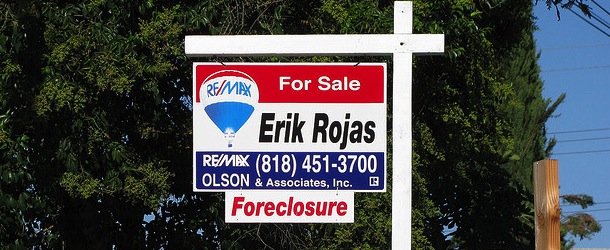Fannie Mae and Freddie Mac have launched a new loan modification program for troubled mortgages known as “Flex Modification.”
In a nutshell, the new flexible loss mitigation tool is a combination of HAMP, the Standard Modification, and the Streamlined Modification, and will replace the trio as early as March 2017.
Loan servicers are encouraged to implement the Flex Modification at that time, but aren’t required to do so until October 1st, 2017.
The Home Affordable Modification Program (HAMP) is slated to expire at the end of the this.
How Flex Modification Works
- It lowers your monthly mortgage payment by as much as 20% via interest rate and/or loan term adjustment
- Past due amount added to loan balance and payments recalculated over remaining loan term
- It makes your home loan current once the trial modification period is completed successfully
- Allows you to stay in your home and avoid foreclosure
One of the things that stood out to me was the lack of borrower documentation needed to get a loan modification under this new program.
A major issue after the mortgage crisis was the ability to modify mortgages without complicated paperwork and long, drawn out processes.
That led to revisions of HAMP to make it easier for borrowers to get relief, and it appears those lessons have been applied to the new Flex Modification.
Like its predecessors, the Flex Modification will aim to lower monthly housing payments to help at-risk, delinquent borrowers avoid foreclosure.
Those who are less than 90 days behind on their mortgage must submit a Borrower Response Package (BRP) in order to be evaluated for a Flex Modification, which will target a 20% monthly payment reduction and a 40% Housing Expense-to-Income (HTI) Ratio.
Freddie Mac noted that a “high percentage” of those at least 60 days delinquent would be eligible, and in some cases it could also be an option for those who are current on the mortgage or less than 60 days late.
However, that latter group would need to occupy their homes in order to get relief.
For those more than 90+ days delinquent, the program targets the same 20% payment reduction, but requires no “borrower documentation.”
In other words, they realize you’re in imminent danger of foreclosure, so they’re going to make it easy for you to get payment assistance.
After all, they learned from the prior crisis that lowering monthly mortgage payments is the ticket to lower defaults.
My only fear here is that borrowers might be incentivized to hit that 90+ day delinquent status to take advantage of the easier modification option.
In any case, the program will also allow for principal forbearance to an 80% mark-to-market loan-to-value ratio (MTMLTV), but this amount must not exceed 30% of the unpaid principal balance.
Some key changes from the Standard Modification include:
• Housing-to-income ratio for borrowers less than 90 days delinquent changed from less than/equal to 55% to 40%
• No amortization choice for borrowers with an MTMLTV ratio of less than 80%
• Must now forbear principal down to a 100% MTMLTV ratio rather than the prior 115%
Flex Modification Eligibility
– Mortgage must be owned or guaranteed by Fannie Mae or Freddie Mac
– Must be 60 or more days delinquent unless owner-occupied and in imminent default
– Must submit a Borrower Response Package
– Must have an eligible hardship
– Must verify income
– Must have been originated 12 months prior to evaluation date
– Must target a 20% principal and interest payment reduction and 40% front-end DTI
*If 90 days+ delinquent, a Borrower Response Package is not required, and servicer is not required to confirm a borrower’s hardship or income.
Ineligible for Flex Modification
– FHA, VA, and USDA loans
– Mortgages subject to recourse
– Mortgages secured by second homes or investment properties less than 60 days late
– Mortgages that have been modified three or more times previously
– Mortgages approved for a short sale or deed-in-lieu
– Mortgages under a different modification program
– Mortgages that don’t make it through the trial period or aren’t brought current

